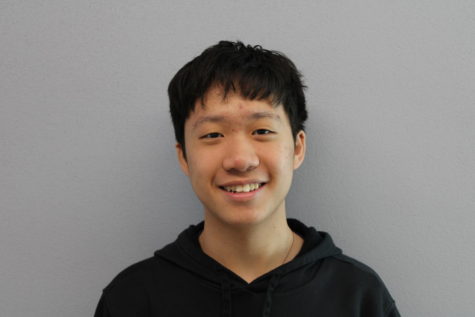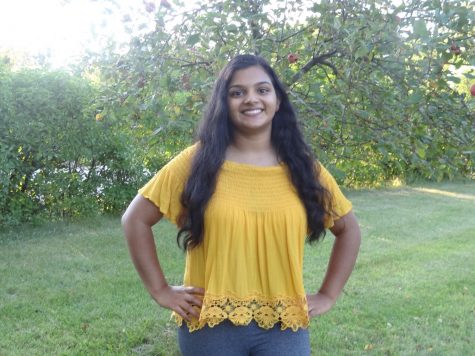Potential Pastimes
Staffers review potential ways Stevenson students can use their 15 minute breaks between classes
Introduction:
In a normal school year at Stevenson, over 4,000 students would be rushing to their classes during the usual five minute passing period. Now, with 15 minutes between classes, there is an infinite amount of ways we could be spending our time between our remote classes.
Some students turn to completing extra work, while others tend to use the passing period as an opportunity to unwind and spend time away from the screen. Read below to find out what we think about some of those options!
Going Outside
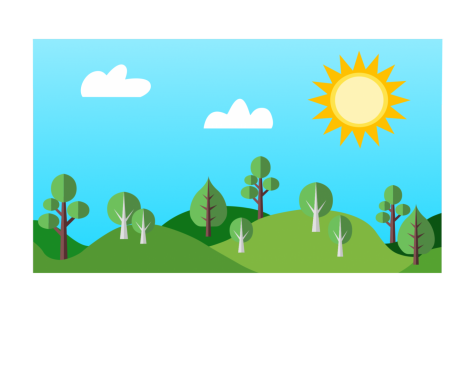
Rating: 
Being stuck at home for school guarantees instant access to the amazing outdoors. Humans are not built to stare at computers all day, and going outside is the perfect way to boost your mood, memory and attention span for your next class. With perfect autumn weather setting in, I sometimes head outside between classes to ride my bike, do some yard work, or to just get some fresh air.
Although going outside has its obvious benefits, it’s not practical to do so for every passing period of the day. Normally, I can only fit in time to go outside once or maybe twice on a given day. Nevertheless, even that is enough to leave me both mentally and physically ready for the rest of my classes.
Getting in exercise and fresh air not only has its physical benefits as a relief from sitting all day but also resets the mind—providing an outlet to reduce stress and relax. Even if it’s harder to go outside in comparison to the other options written below, I believe that doing so just once can drastically improve the quality of your day.
Napping
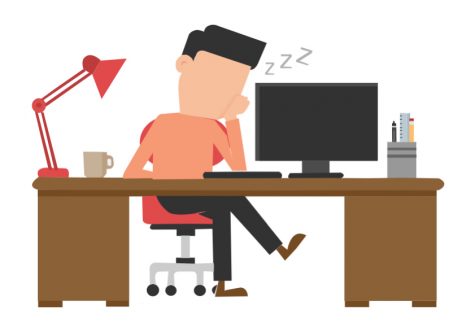
Rating: 
While it’s true that we only have 15 minutes between classes, which is not nearly enough time to catch up on sleep, remote learning makes relaxing on our beds incredibly accessible. With my bed and my desk being no more than ten feet from each other, it’s probably too easy for me to leave the Zoom meeting and spend 15 minutes straight on my bed.
As perfect as this sounds, napping during these passing periods can be dangerous, especially for classes where timeliness is important. Unless you are setting alarms at the perfect times, you run the risk of being late to class and missing important instructions from teachers.
On the other hand, taking a short nap between classes is great as it’s a nice way to quickly recharge and take a short break from learning. Especially since I spend all of class time sitting in the same position on the same chair, it’s nice to be able to spend even a little time with less pressure on my back and neck.
Social Media
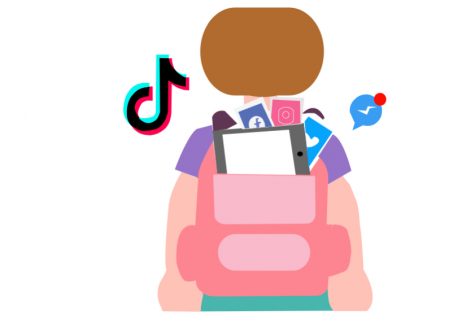
Rating:
When I was in regular classes at Stevenson, nearly every teacher had a rule about keeping phones inside our backpacks. As a result, even during normal passing periods, my phone stayed in my backpack. I simply didn’t have time to take it out and check social media on my way to my next class. However, with E-learning taking over the entire semester, that’s no longer true.
If I have nothing to do in between classes, it’s both easy and fun to check apps like Instagram or Snapchat. Not only is this a great break from academics, it also keeps me entertained and makes the free time we have each day pass more quickly. With uninhibited access to our phones, accessing any app I want during passing periods is extremely easy, sometimes even too easy.
One thing to watch out for while using these platforms is the fact that it’s very easy to lose track of time and forget to click on the link for my next class. Another problem, especially considering how addictive social media can be, is the fact that choosing to switch on social media outside of class makes it too easy to keep it open during class and miss important information.
Doing Homework

Rating: 
Longer passing periods can provide more opportunities to relax during the school day, but in a sense it actually does the opposite. Due to E-learning, classes are shortened by ten minutes, which requires teachers to allocate more work to be done outside of class rather than in class. With an increased homework load, I am often forced to use passing periods as time to do homework, instead of going outside or using social media.
In the beginning of the year, I tried to do my homework after school and use passing periods as time to relax, but I ended up having to work late into the night, resulting in a loss of sleep and productivity. While doing homework may not be an enjoyable way to spend passing periods, it is definitely a necessity if you want to get enough sleep at night.
Plus, doing homework during passing periods helped free up space for extracurriculars or other activities that I enjoy doing, and allowed me to spend more time with my family after school. However, working non-stop between classes can lead to fatigue and decreased performance later on in the day. Although doing homework is a productive way to spend the passing period, relaxing can sometimes be more helpful to your physical and mental well-being.
Friends
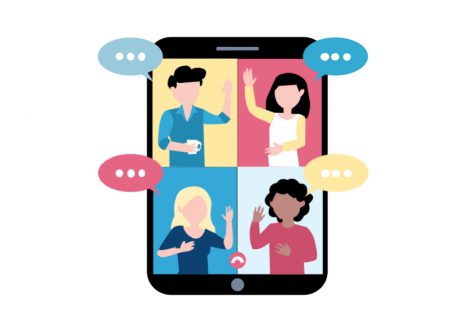
Rating:
With remote learning and restrictions on gatherings, hanging out with friends in between and on the way to classes is no longer an option. Instead, video calling them, catching up on texts, or even seeing them in person while following social distancing guidelines if they live close enough, could be a great way to combat such shortcomings. Now that we no longer have to move anywhere to get to our next class, I love that we have extra time to chat with friends.
It’s true that there are many barriers that keep students from focusing and being productive during classes on Zoom. However, the fact that I can no longer sit next to and talk to my friends during class and get distracted from learning is both a blessing and a curse. That, however, has become even more of an incentive for me to communicate with my friends. Video calling them during passing periods is a really nice way to catch up on everything, from pending assignments to random memories.
Despite how fun this can be, the only problem with talking to friends through a screen during passing periods is how much time we’ll end up spending on apps like Zoom, FaceTime, and Messenger. While excessive screen time is definitely an issue that needs to be addressed, I can also see the benefits of connecting with friends through the pandemic. Even though our education has become almost purely online, the same thing shouldn’t happen to every aspect of our lives, especially social relationships. Preventing the spread of COVID-19 requires physical distancing, not emotional, and online communication is a great way to ensure that we maintain that.
Getting snacks
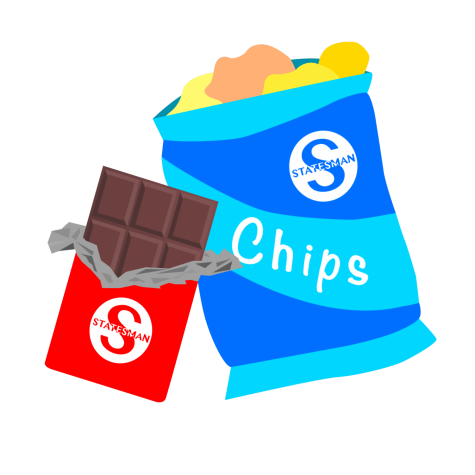
Rating:
During in-person school, many students had the opportunity to stop by Jazzman’s at least a few times a day to fuel up on drinks, cookies and chips. While this was a great way to satisfy cravings throughout the day, it was in no way healthy. Fortunately, with only five-minute passing periods, students with minimal time to travel between classes could keep their snack intake to a minimum.
But now with online learning, getting snacks is easier than ever. With three times the amount of time we had before E-learning, there is more than enough time to walk to the kitchen, grab some chocolate or chips, and munch on them until the next class. With the increased stress that comes with E-learning, I often crave snacks that are high in fat and sugar, which end up draining my energy by the end of the day.
Although I have the opportunity to snack on healthier options like fruits and vegetables, they are often left in the cupboard if tastier options are available. With the increased availability of snacks and time during passing periods to snack, excessive eating can reduce productivity in your classes and even cause grades to drop. Eating chips or candy once in a while can help boost your mood, but it could become dangerous as a habit.
Conclusion:
Less than a year ago, no one would have believed that we would have 15 minutes between classes. Now that we do, it can be hard to figure out what exactly should be done in that time.
There are many ways students can spend the time they have between classes. Many of the options are ways to relax and unwind, but some students will use the time to get more work done. Overall, both are useful ways to spend this extra free time away from the mental stress of constant E-learning. After all, it is why we were given ten extra minutes in the first place.
